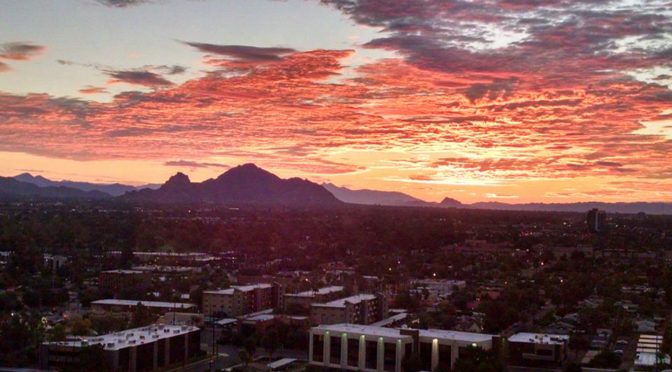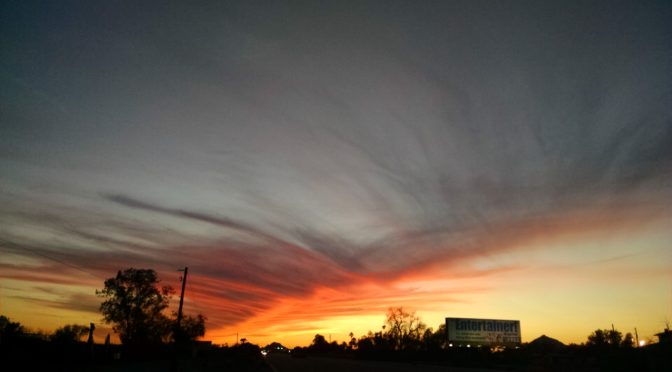About ‘good evening, I’m your server’
‘Hi there, my name is Susan and I’m your waitress for the evening.’ That was the extremely pleasant greeting awaiting us last night when we went out for a meal with another couple.
Susan was friendly and attentive, she chatted with us, laughed at our lame jokes, and was every inch the typical American waitress. She checked that we were enjoying our meal and were generally having a good experience in her restaurant. And she was never ‘in our face’ – which some of her colleagues tend to be.
This type of what you might call super-attentive service has been an American tradition for decades. If you haven’t experienced it in real life, you’ve seen it in movies and TV sitcoms. Some people find it annoying, too over the top. I like it, just as long as the waiter or waitress comes across as genuine. For me it beats lack of attention any day.
Put it this way, it’s a world removed from some of the awful service we had to tolerate for many years in Scotland. Things have improved immensely in recent years thanks, I suspect, to tremendous competition and the emergence of social media review sites such as Yelp.com.
I sometimes cringe at the thought of some of the ‘welcomes’ we used to receive in hotels and restaurants back in Scotland. Instead of ‘hi my name is Susan’ clients were often greeted with no more than a grunt. And dishes thrust in front of customers by an uncommunicative and often surly waiter or waitress used to drive me crazy.
It seemed to be worse the further north you went. The ‘Highland hospitality’ boast most definitely applied to the welcome you received in people’s homes where you were always guaranteed a couple of drams and, if you were lucky, a plate of mince and tatties. It very often didn’t extend to the local pub or hotel – where you were actually paying for the privilege.
I well remember going for an early evening meal to a restaurant in Oban which had been recommended to us. I have never had the misfortune to encounter such dreadful service. The waiter never once acknowledged us, cracked a smile, or engaged in conversation in any way. He was clearly unhappy to be there, dumped our food in front of us and presented us with the bill.
Perhaps licensed premises in remote places thought they didn’t have to try, that they had a monopoly on the locals? Or perhaps Scots in general are traditionally a little reticent – but that should never have excused poor service.
Thankfully the Scottish dining out experience is now far better – certainly in the city. There are still areas in the more remote parts of the country where the welcome and the service leave a lot to be desired. I don’t know about you but I like having a waiter who engages, makes polite conversation, and is genuinely interested in me as a diner and a person. We are, after all, paying a fair price for restaurant food nowadays.
In America the uber-friendly service tradition has been part of the eating out experience for many decades – and, even if the wait staff don’t fancy being friendly and polite, they have a very good incentive for being that way.
Because waiters and waitresses in America use their charm and personalities to earn tips, their employers do not pay them the minimum wage. It is assumed that they will always make up the difference by pocketing the gratuities they earn. So the whole ‘I’m your waitress for the evening’ thing was born out of financial necessity and has become partly a tradition and partly an excuse for restaurant bosses to pay their workers peanuts.
The payment varies by state. In Arizona waiters get just over six dollars an hour. In other places, including Arkansas, it is a shade more than two dollars – which qualifies as slave labour. In some cases, if an employee can prove they didn’t make up the difference between their wage and the minimum wage in tips, their boss will make up that difference. Other establishments are paying the full wage and have put a ban on tipping.
Over here, most of the waiters and waitresses are extremely pleasant and deserve to be tipped. In Scotland they are getting there but still have a long way to go. At least Scots pay a half-decent wage. All that’s required now is to persuade a few more of them to ‘keep the customers satisfied’.


